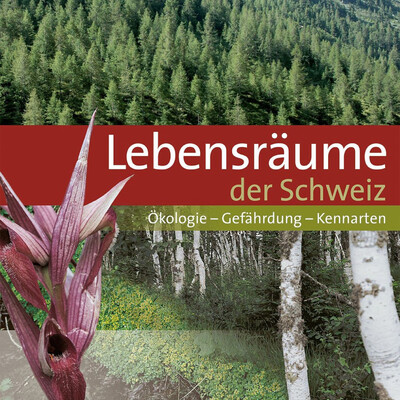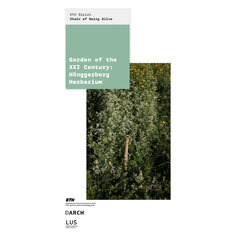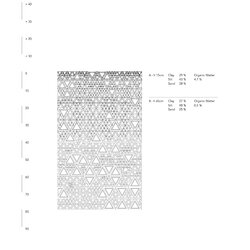
Habitats of Switzerland
The book "Lebensräume der Schweiz" classifies over 230 different habitats in Switzerland. It summarizes them in nine groups (1. water bodies; 2. banks and wetlands; 3. glaciers, rock, rubble and scree; 4. grassland (natural grassland, meadows and pastures); 5. herbaceous fringes, tall herbaceous meadows and bushes; 6. forests; 7. pioneer vegetation in disturbed areas (ruderal sites); 8. plantations, fields and crops; 9. buildings, facilities), each containing different habitats and sub-habitats. For each habitat type, it describes the predominant and characteristic plant species and the fauna that make them up. Many habitats are influenced by humans, which is why the word "habitat" should not be understood to mean free from human intervention.
The Hönggerberg garden does not correspond to only one habitat group. The garden has undergone several transformations in recent years, resulting in a very interesting mixture of different soil conditions and plant communities from different types of ecosystems. However, most of the plants found in the garden belong to the habitat "rich meadows and pastures" from the group "grassland". But there are also plants from the habitats "dry meadows" and "wet meadows", which reflects a difference in the water balance of the garden. Some plants even belong to the "forest habitats" (e.g. Carex sylvatica) or to the "pioneer vegetation", which mainly occurs on the topsoil deposit. For the Garden of the XXI Century in Zurich, the book serves as a reference work for a better understanding of the diverse vegetation on site and as inspiration for plant interventions.



